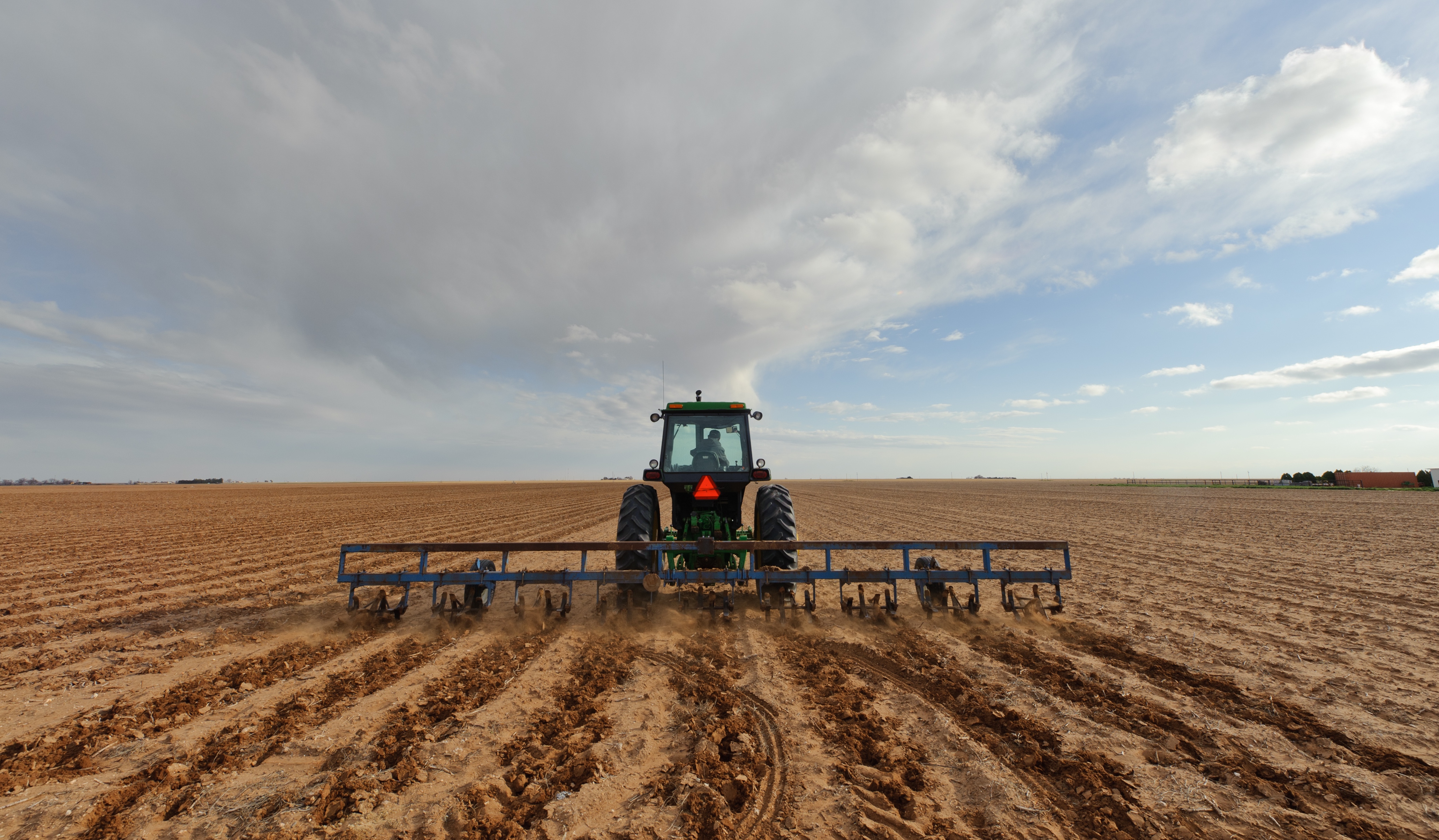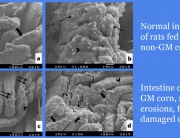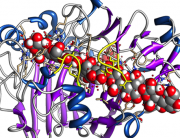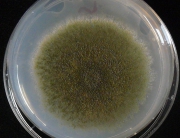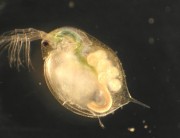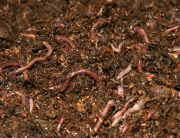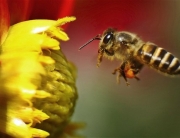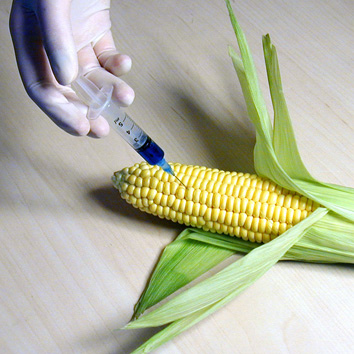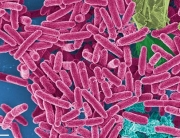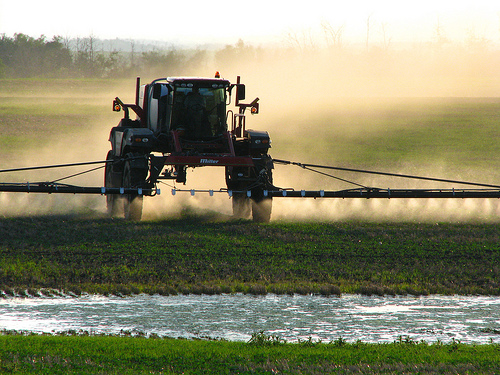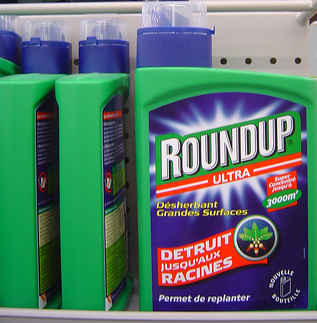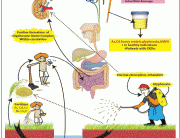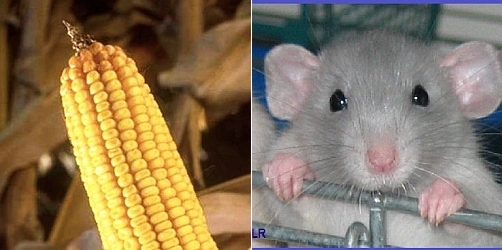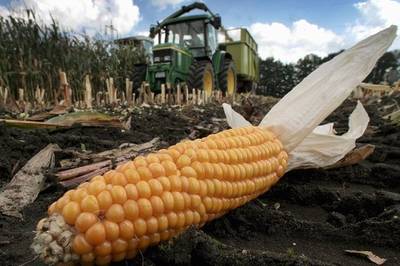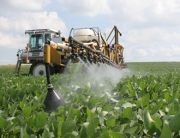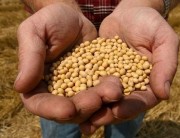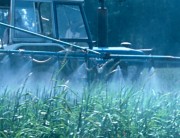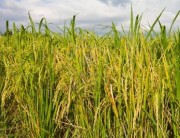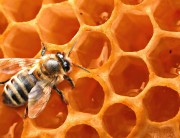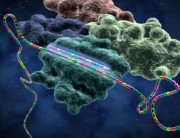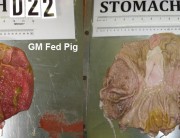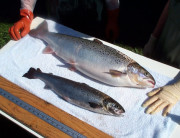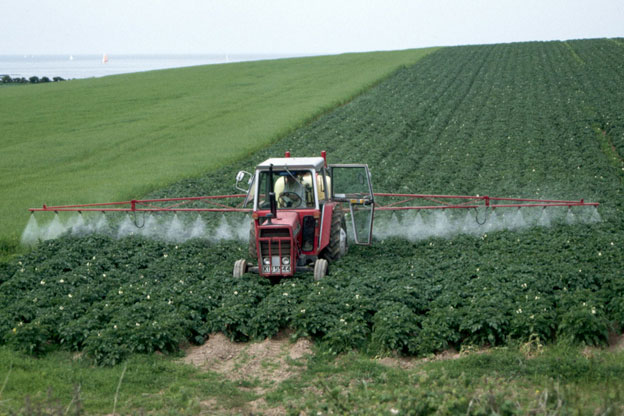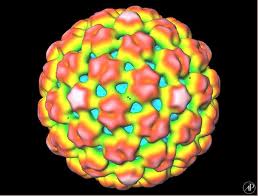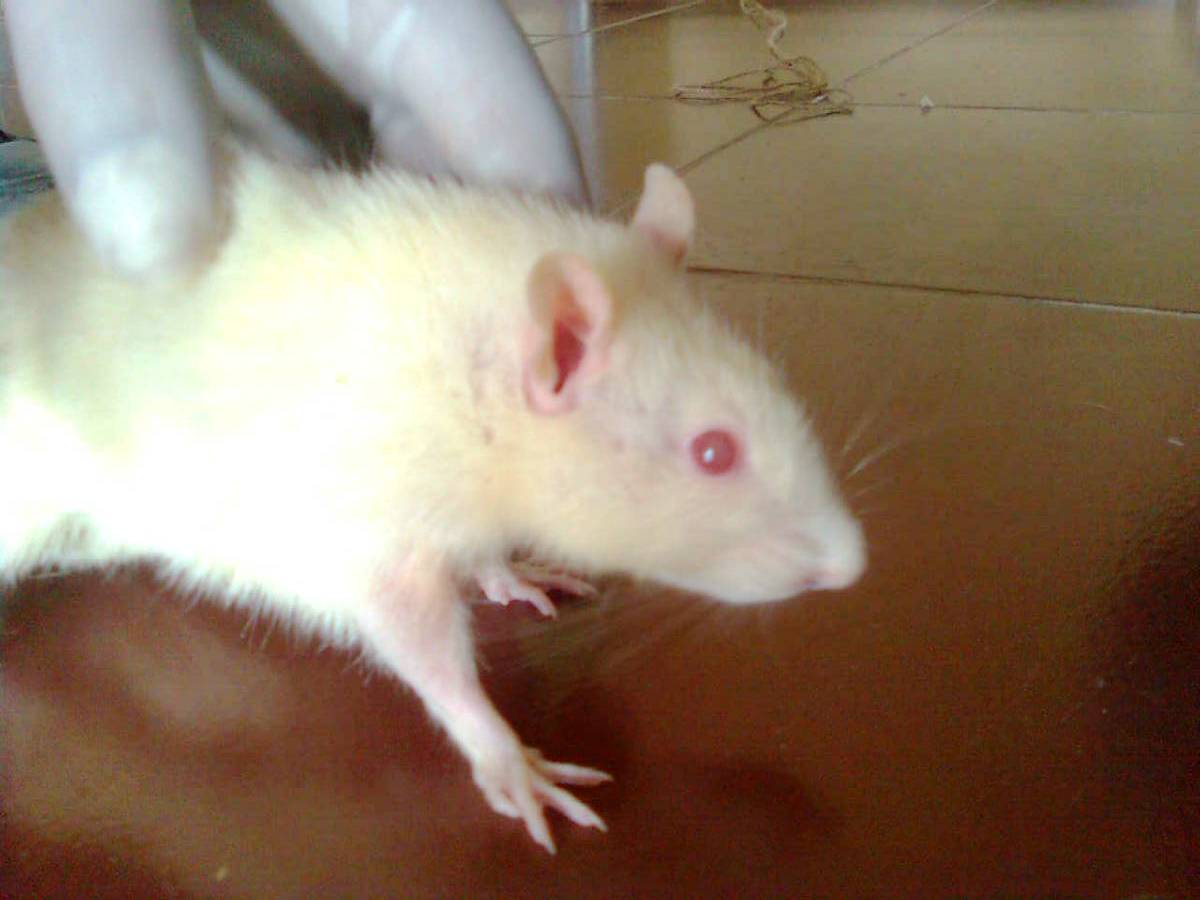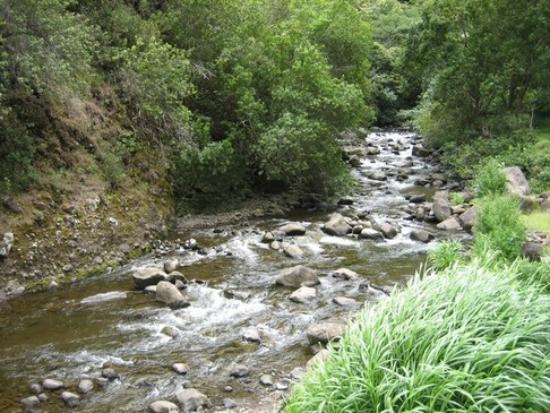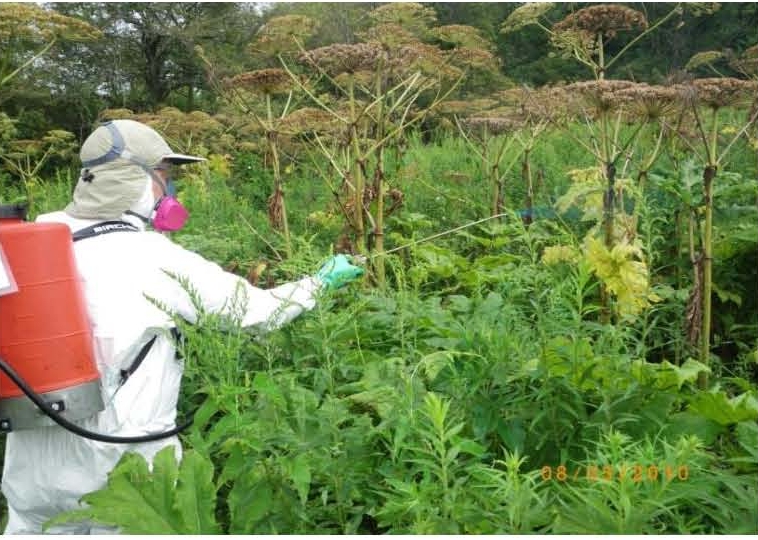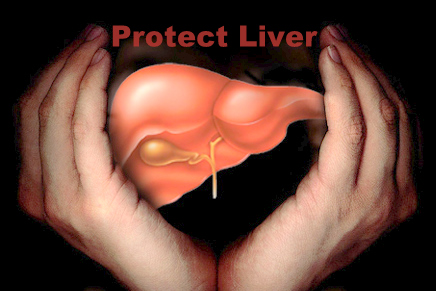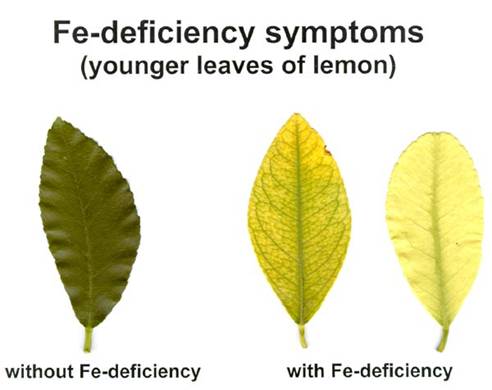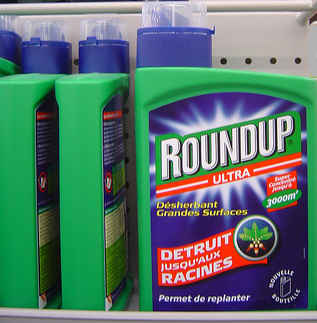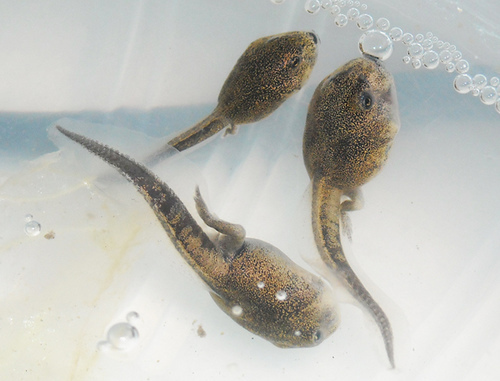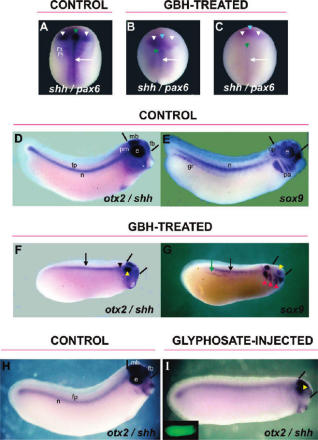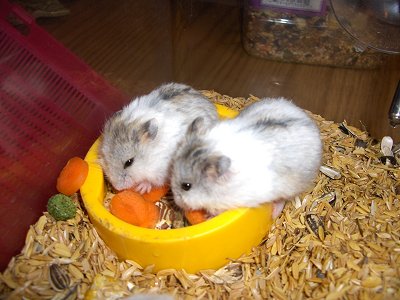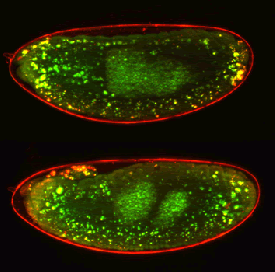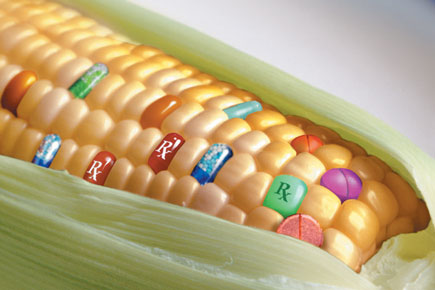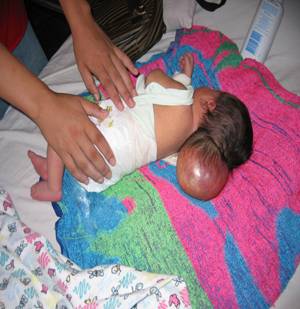Glyphosate and its metabolite AMPA have been found in wind‐blown material in a new study in Argentina. The study concludes that “eroded material can potentially have a negative impact on the ecosystem and also on human health”.
Glyphosate and AMPA concentrations in wind‐blown material under field conditions
Full Paper: https://onlinelibrary.wiley.com/doi/abs/10.1002/ldr.2920
Authors: Virginia C. Aparicio , Silvia Aimar, Eduardo De Gerónimo, Mariano J. Mendez, José L. Costa
Abstract:
Agricultural intensification in fragile arid and semiarid environments has led to an increase in soil degradation, mainly through wind erosion. Argentina is an agricultural and cattle‐farming country, which has increased its productivity in the last few decades, widening the boundaries of farm land and the use of herbicides to control weeds. Glyphosate, which accounts for 65% of the Argentinian pesticides market, is strongly retained in soil. The World Health Organization concluded that there was evidence to classify glyphosate as ‘probably carcinogenic to humans.’ In this context, the objective of this study was to determine the presence and concentration of glyphosate and aminomethylphosphonic acid (AMPA) in wind‐blown material in 3 areas in Argentine semiarid regions (Chaco, La Pampa, and San Luis). In 1‐ha2 plots, left uncovered and levelled, the wind‐blown material was collected at heights of 13.5, 50, and 150 cm during 18 erosion events. The wind‐blown material carried by the wind at a height of 150 cm had concentrations of 247 and 218 μg kg−1 of glyphosate and AMPA, respectively. This material was enriched 60 times in glyphosate and 3 times in AMPA as compared with the original soil. This shows that the eroded material can, potentially, have a negative impact on the ecosystem and also on human health, depending on the proportion of this material released into the atmosphere in suspension as particulate matter. This study is, to our knowledge, the first to report concentrations of glyphosate and AMPA in wind‐blown material under field conditions.





